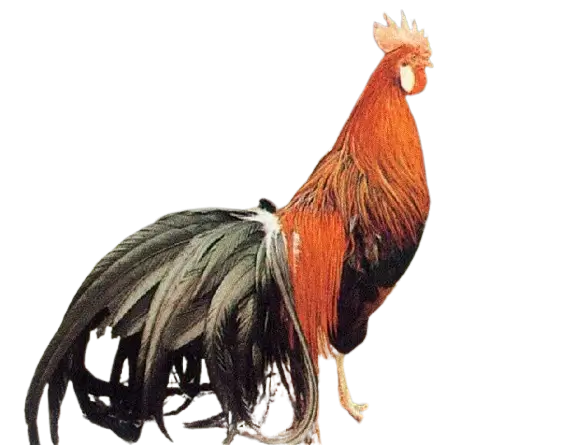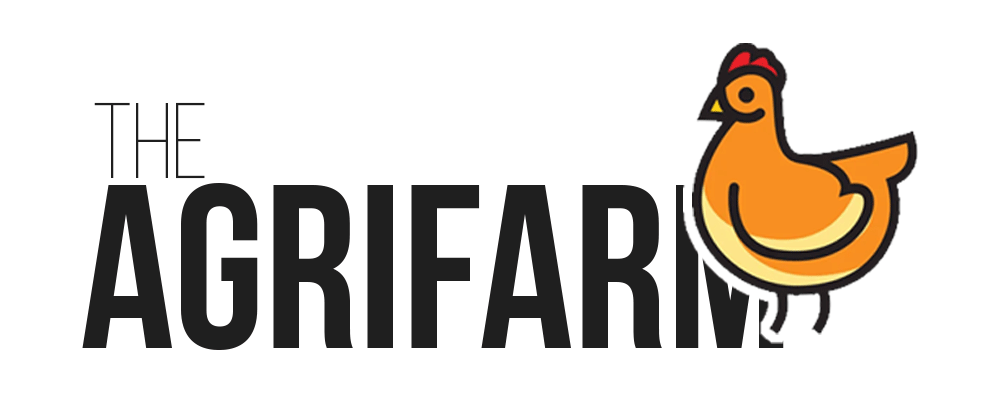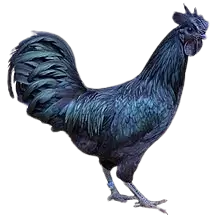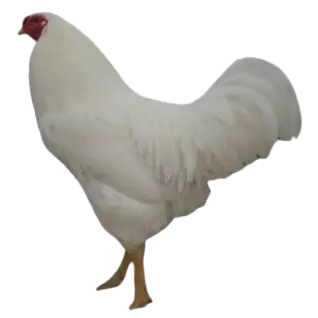Jangmigye

The Jangmigye chicken breed has a fascinating history that dates back to ancient times. It is believed that this breed originated in Korea during the third century and was developed through selective breeding by farmers. The aim was to create a chicken breed that could adapt to the diverse climate and terrain of the country.
During the Joseon Dynasty in Korea, the Jangmigye chicken breed became widely popular, especially among the royals. It was considered a delicacy and was a symbol of prosperity and wealth. The breed has significant cultural importance in Korea and is often used in traditional ceremonies and celebrations to represent good fortune and abundance. Dedicated breeders and enthusiasts have worked hard over the years to preserve this unique breed and ensure that it continues to thrive and remain a part of Korea’s agricultural heritage.
The Jangmigye chicken breed has various names, depending on the region and the breeder’s preference. The most common name for the breed is Jangmigye, which means ‘long-tail rose’ in Korean. This name is inspired by the breed’s long, beautiful tail feathers resembling a rose. Another name for the breed is Ginkkori-dak, which means ‘long-tail chicken’ in Korean. This name highlights the breed’s unique feature of having a long tail. Some other names for the breed are Ginkkori-maekdak, which means ‘long-tail black chicken’ in Korean and Ginkkori-baekdak, which means ‘long-tail white chicken’ in Korean. These names indicate the different plumage colors of the breed.
Types
The Jangmigye chicken breed is a type of long-tailed fowl. These chickens are characterized by their exceptionally long tail feathers. There are only a few breeds of long-tailed fowl, including the Onagadori, Phoenix, Yokohama, and Jangmigye. However, the Jangmigye chicken breed is unique because it originates from Korea and has distinct tail feather growth and moulting patterns. Unlike the Onagadori, a Japanese breed of long-tailed chicken, the Jangmigye’s tail feathers moult annually after the rainy season. This means that the Jangmigye chicken breed does not require special attention to maintain its long tail, unlike the Onagadori, which needs constant grooming and protection to prevent its tail feathers from breaking or falling off.
Colors
The Jangmigye chicken breed comes in various colors, including black, white, red, brown, and mixed. The most commonly preferred color is black, believed to have medicinal properties and health benefits. It can help enhance blood circulation, boost immunity, and prevent diseases. The black color contrasts beautifully with the breed’s yellow skin and red comb, creating a stunning visual effect. White is also a popular color, giving the breed a pure and elegant appearance. The other colors, such as red, brown, and mixed, are less common but still attractive and appealing.
Weight of male and female
The Jangmigye chicken breed is petite, with males weighing an average of 1.2 to 1.8 kg and females 0.8 to 1.3 kg. This makes them ideal for those who prefer to keep chickens in their backyard. Despite their small size, the breed is sturdy and durable and can endure harsh weather conditions and diseases. The breed’s size does not affect egg production, as it can lay many eggs yearly.
Annual egg production rate, egg color, and egg weight
The Jangmigye chicken breed is known for its exceptional egg-laying abilities, producing an average of 180 to 200 eggs annually. This is impressive, especially considering the breed is typically raised for ornamental purposes despite its small size. The eggs themselves are light brown and have a smooth, glossy shell. They are also relatively large, weighing approximately 50 to 60 grams each.
Jangmigye Chicken Size
A compact and slender body and a graceful, elongated neck characterize the Jangmigye chicken breed. The breed has a small, round head featuring a large, upright single comb. Its beak is short and curved, displaying a yellow or horn color. The breed’s legs are sturdy and fast, with four toes and also yellow or horn-colored. The chicken breed’s wings are short and close to its body, while the chest is broad and deep. The back is slightly curved and long, leading to the most striking feature of this breed: its magnificent and long tail. The tail is composed of long sickle feathers, which flow and reach up to 1.5 meters in length.
Yearly birth rate and life span of Jangmigye chicken
The Jangmigye chicken breed is known for its high yearly birth rate and is highly prolific and fertile. This chicken can lay a large number of eggs every year, and the majority of them are likely to hatch successfully. The chicks of this breed are also lively and adorable, inheriting the breed’s colourful plumage and long tail, and they can hatch and increase with ease.
Despite being an ornamental breed and relatively small, the Jangmigye chicken has a long lifespan, living for 10 to 15 years, depending on the care and environment it receives. This remarkable longevity is a testament to its resilience and adaptability, as it can thrive in various conditions and situations while remaining hardy and robust.
Breeding hints and tips
The Jangmigye chicken breed is easy to breed naturally. There is no need for artificial or unique production methods, like artificial insemination or incubation. To successfully produce this breed, providing a suitable and comfortable environment and a healthy mate is essential. Here are some hints and tips for breeding Jangmigye chickens:
- Create a spacious, clean coop with enough ventilation, lighting, and bedding. The coop should have a secure fence to protect the breed from predators and intruders.
- Offer a balanced and nutritious diet with different grains, seeds, fruits, vegetables, and insects. The diet should also include enough protein for the breed’s health and egg production.
- Provide a separate and secluded nesting area for the hen to lay and incubate her eggs. The nesting area should be dark, quiet, and cosy, with enough nesting material, like straw, hay, or wood shavings.
- Maintain a ratio of one rooster for every four to five hens to ensure a high fertility rate and a diverse gene pool. The rooster should be healthy, vigorous, friendly, and of the same color and type as the hens. Keep the rooster with the hens to allow for natural mating and fertilization.
- Collect the eggs daily and store them in a cool and dry place, away from direct sunlight and heat. Turn the eggs once or twice daily to prevent the embryo from sticking to the shell. Mark them with the collection date to monitor their freshness and viability.
- After storing for 7 to 10 days, incubate the eggs with either a broody hen or an artificial incubator. The incubation lasts about 21 days. During that time, keep the eggs at a constant temperature and humidity and turn them regularly. Also, candle them periodically to check for signs of development and discard any infertile or dead eggs.
- Hatch the chicks and move them to a brooder. The brooder should have a heat source, like a heat lamp or a heating pad, to maintain a comfortable temperature for the chicks. It should also have a feeder, a waterer, and bedding to provide the chicks with food, water, and comfort.
- Raise the chicks and monitor their growth and development. Feed them high-protein starter feed and give them access to fresh water and grit. Vaccinate and deworm them to prevent diseases and parasites. Finally, socialize and handle them to make them tame and friendly.
Following these hints and tips, you can successfully breed the Jangmigye chicken breed and enjoy the rewards of having a beautiful and productive flock.
General Characteristics
The Jangmigye chicken breed is highly desirable and valuable due to its many general characteristics. These characteristics have several qualities that are worth highlighting. Let’s take a look at some of the critical attributes:
Appearance
The Jangmigye chicken breed is stunning with its long and colorful tail, large and upright comb, and vibrant and varied plumage. Its appearance makes it an ideal choice for exhibition and ornamental purposes, and owners can take pride in showcasing their beautiful birds.
Egg production
The Jangmigye chicken breed is an excellent layer, producing many light brown, nutritious eggs yearly. This makes the breed a good source of food and income and a sustainable and profitable investment.
Hardiness
The Jangmigye chicken breed is hardy and robust. It can withstand harsh weather conditions and diseases, making it a reliable and resilient breed that provides peace of mind and security.
Temperament
The Jangmigye chicken breed has a friendly and calm temperament, making it easy to handle and raise. This makes it a pleasant animal that provides companionship and entertainment for owners.






